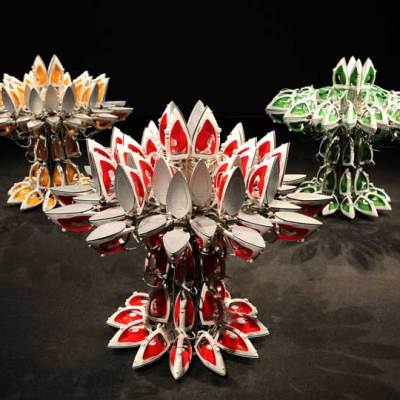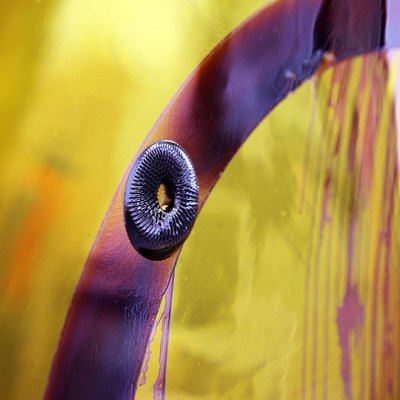In late January I visited The Hague to interview Emilie Gordenker, director of the Mauritshuis, who revealed the auspicious progress of the museum’s bold expansion and renovation project. After two years of closure, the museum will reopen this summer with vastly improved facilities for looking after visitors and caring for its outstanding collection. There is every reason to expect another highly successful Dutch museum makeover to follow last year’s triumphant reopening of the Rijksmuseum.
The Mauritshuis redevelopment is on a far more intimate scale than that grand projet, of course, but it is ambitious all the same. Gordenker spoke of how much the team at the Mauritshuis has learnt from colleagues at the Rijksmuseum, in terms of pooling knowledge and taking lessons from the larger project. It is salutary to hear about such consultation and collaboration, especially – it is no secret – because the butterfly that emerged in Amsterdam last year spent much longer in its cocoon than anticipated. Perhaps the tardiness of that project, and an accurate sense of the obstacles it faced, has helped foster the promptness of this one.
Large institutions should always make an effort to look beyond themselves – in fact, it might be considered part of their modern-day mandate. This need not mean hubristic satellite museums, whether regional or international, but simpler things: loan exhibitions; shadowing opportunities; informal associations where the exchange of knowledge and experience may be mutually beneficial. The modesty of the current National Gallery Masterpiece Tour, which has sent Manet’s Execution of Maximilian to Canterbury, is precisely what makes it so encouraging.
It was also pleasing to hear Gordenker describe the mid-17th-century Mauritshuis building itself as one of the highlights of the collection. The metaphor frequently applied to the museum is that of a jewel box, which might suggest a greater focus on the contents than the container. This compact urban palace is among the finest examples of Dutch neoclassical architecture, so one would hardly expect a renovation project that somehow threatened the identity or integrity of the building. But the careful historicisation of the façade – its windows and paint-scheme now reaffirming the original appearance – is commendable. It should prevent the return of the giant banner of the Girl with a Pearl Earring that used to dangle across an entire bay. This building should be allowed to market itself.
A fine museum building in New York has not fared so well. After a six-month study following initial public outcry, MoMA announced in January that it will indeed be razing the former American Folk Art Museum this year. Writing in the New York Review of Books, Martin Filler described how the decision ‘felt like hearing that a relative or close friend had finally succumbed to an incurable disease’. It may be misleading to read this as a case of the larger institution cannibalising its little sister – the Folk Art Museum had defaulted on vast debts, and had little option but to sell up in 2011 and move out – but it makes for a disheartening symbolic statement all the same.
Rendering of the planned MoMA extension, based on the design by Diller Scofidio + Renfro © 2014 Diller Scofidio + Renfro

The condemned building, designed by Tod Williams and Billie Tsien, is only 13 years old. Opinions about its functionality are mixed, but architectural critics generally agree that its hammered bronze façade provides a powerful and idiosyncratic contrast to its glass-fronted neighbours. For MoMA to replace it with a homogenising glass-walled structure seems antithetical to what, historically, has been the open-minded nature of its acquisitions policy and the ensuing diversity of its holdings. Why couldn’t this intriguing building itself become part of the collection?
We asked MoMA to take part in a debate column in this issue on whether the planned expansion should be going ahead. Amazingly, nobody from this vast institution had the time – or perhaps the inclination – to write 700 words upholding the development.
MoMA’s curator of architecture, Barry Bergdoll, spoke with regret last year about how the small museum had been ‘designed as a jewel box for folk art’. Both real and metaphorical jewel boxes can be collectors’ items, as the delicate restoration of the Mauritshuis looks set to remind us.


